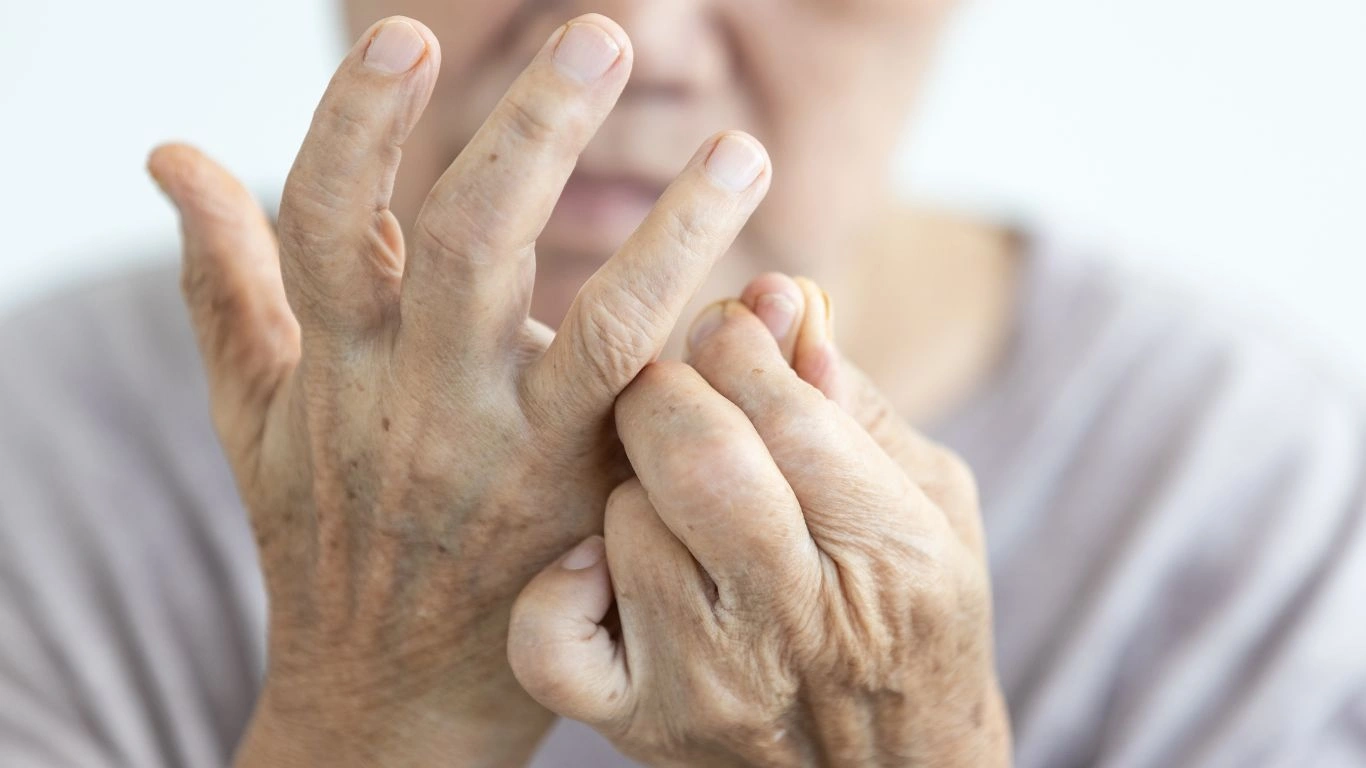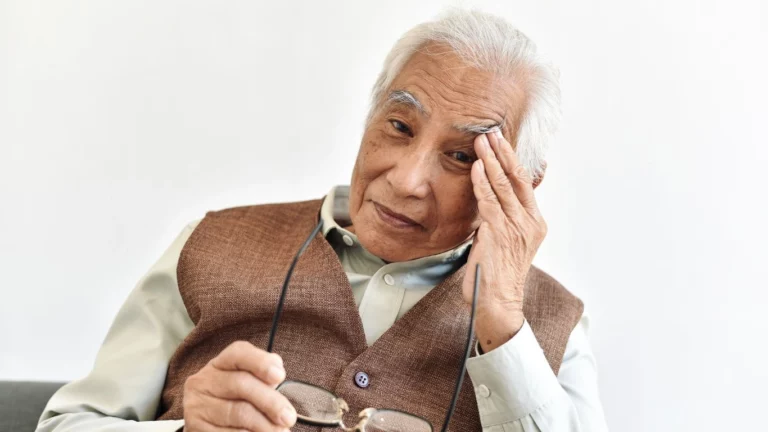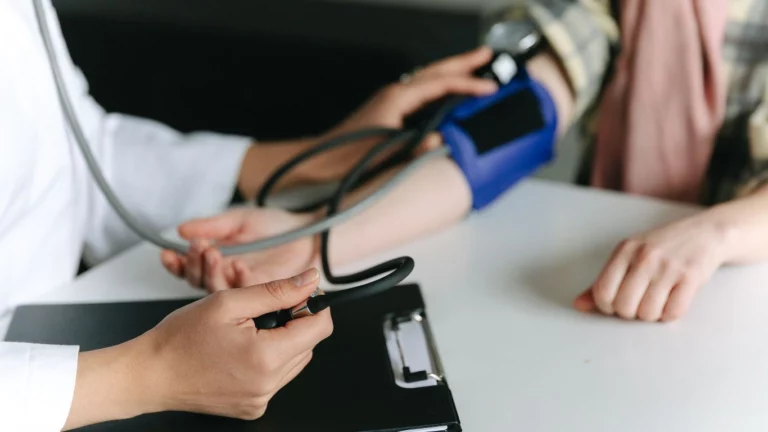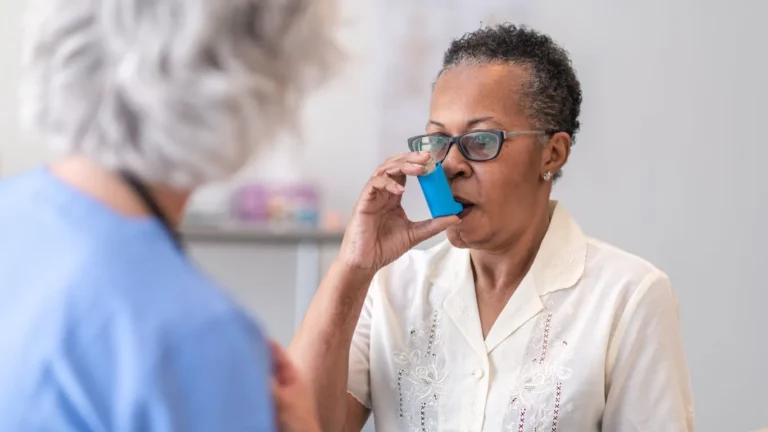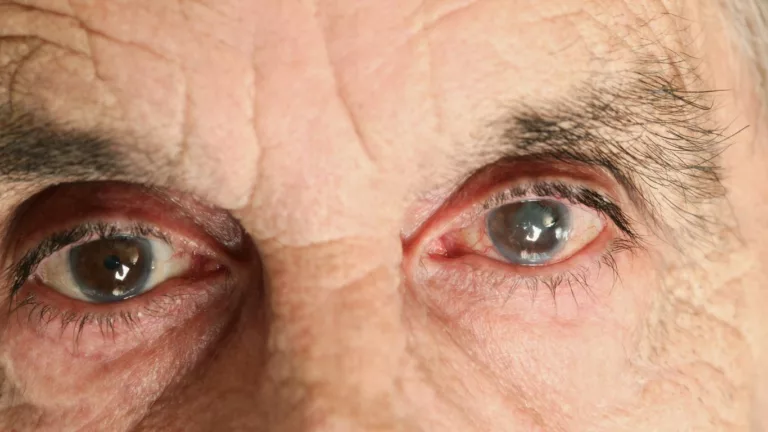How Rheumatoid Arthritis Affects Your Feet and Ankles: What You Need to Know
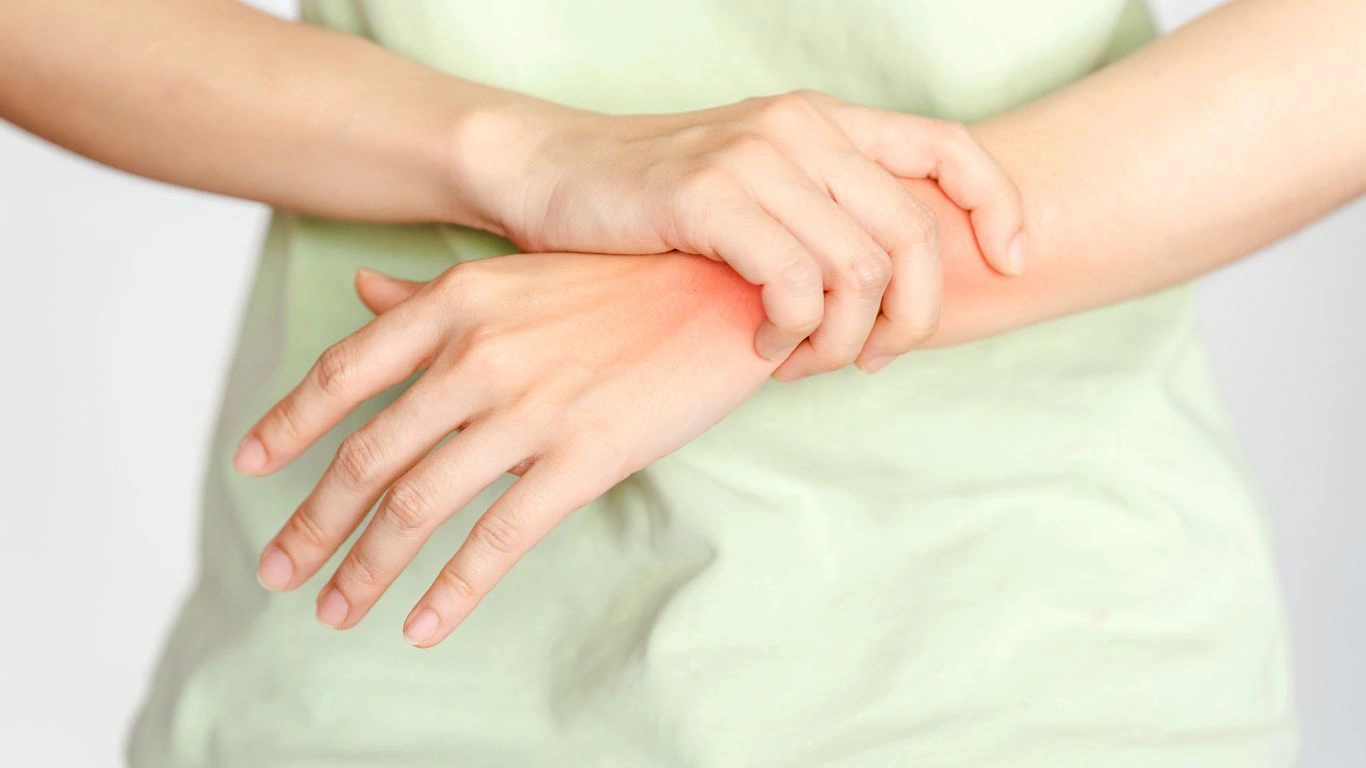
🔎 The Connection Between RA and Foot Pain
If your feet and ankles constantly feel like they’ve been squeezed into a pair of shoes that are two sizes too small (even when you’re barefoot), you’re not imagining it. RA attacks the lining of your joints, causing inflammation that makes everything feel swollen, stiff, and downright miserable.
Why Do RA Symptoms Show Up in the Feet First?
RA doesn’t always go straight for the big joints like your knees or shoulders. Nope—it often starts in the smaller joints first, which is why so many people feel it in their toes, feet, and ankles before anywhere else.
- Inflammation in the joint lining → Swelling, warmth, and pain.
- Erosion of cartilage → Less cushioning, more stiffness.
- Ligaments get weaker → Your foot structure starts to shift.
- Pressure on nerves → Tingling, numbness, or even burning pain.
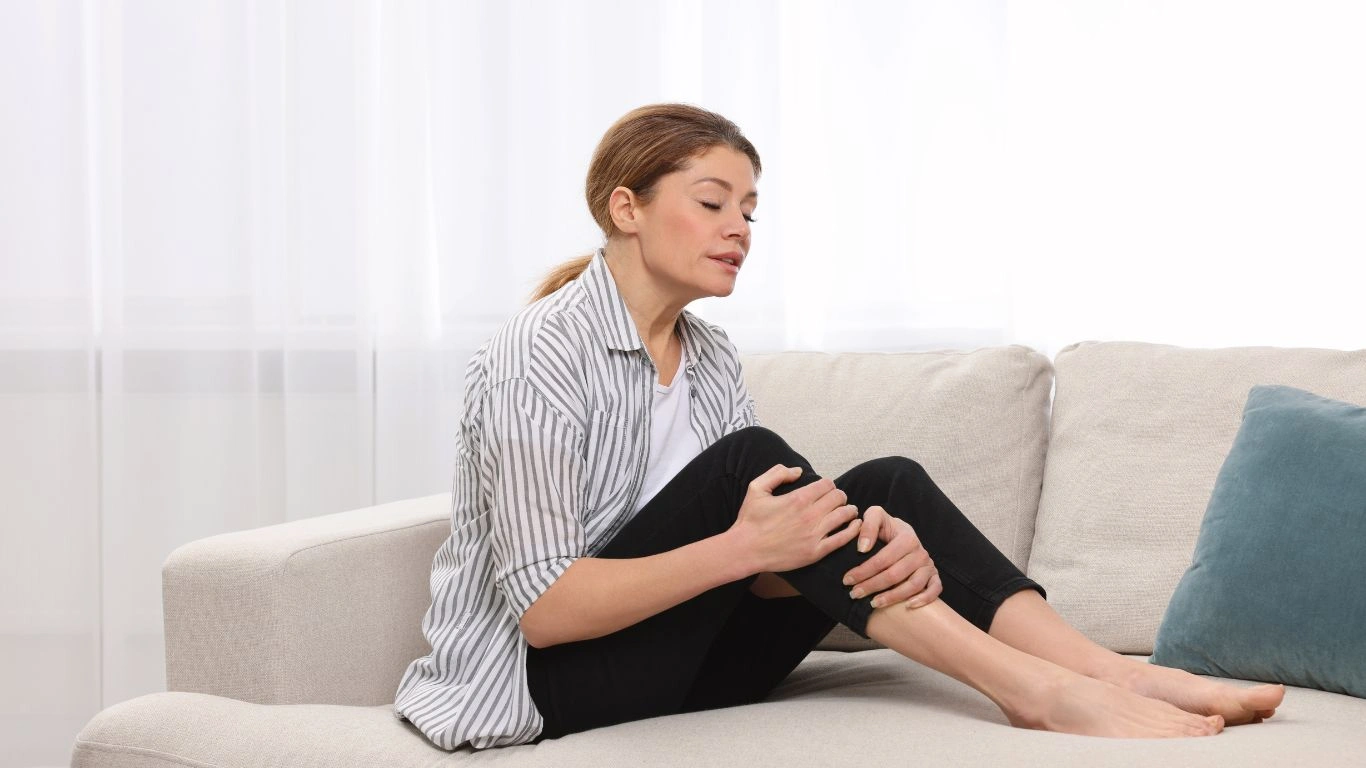
🚶♀️ How Rheumatoid Arthritis Affects Your Feet and Ankles Over Time
One of my patients, Lisa, used to be a runner—until RA made every step feel like she was walking on broken glass…
- First signs – Swelling, redness, stiffness, especially in the mornings.
- Increased pain – Joints become more inflamed, and movement feels restricted.
- Structural changes – Toes start shifting, arches flatten, bunions form.
- Mobility problems – Walking becomes difficult, and normal activities feel impossible.
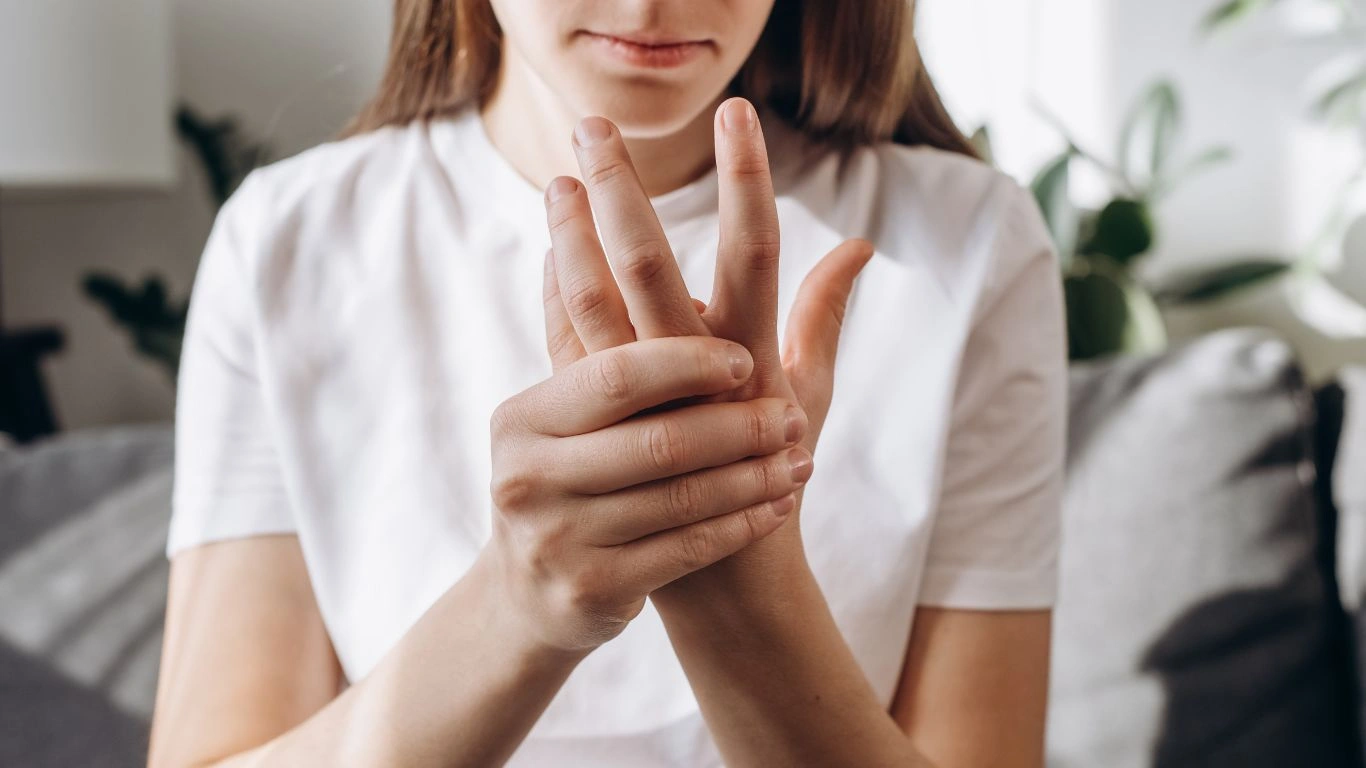
🔧 Troubleshooting Common Foot Problems
🔥 Swollen, Painful Feet? Try This:
- ✔️ Ice packs help bring down swelling.
- ✔️ Heat therapy can ease stiffness in the morning.
- ✔️ Anti-inflammatory meds like NSAIDs reduce pain (talk to your doctor first!).
- ✔️ Compression socks improve circulation.
👣 Struggling to Walk? Support Matters!
- 👟 The right shoes – Forget high heels or flimsy sandals. You need good arch support and a wide toe box.
- 👣 Custom orthotics – These can realign your foot structure and ease pressure points.
- 🦶 Physical therapy – Strengthens the muscles around your joints.
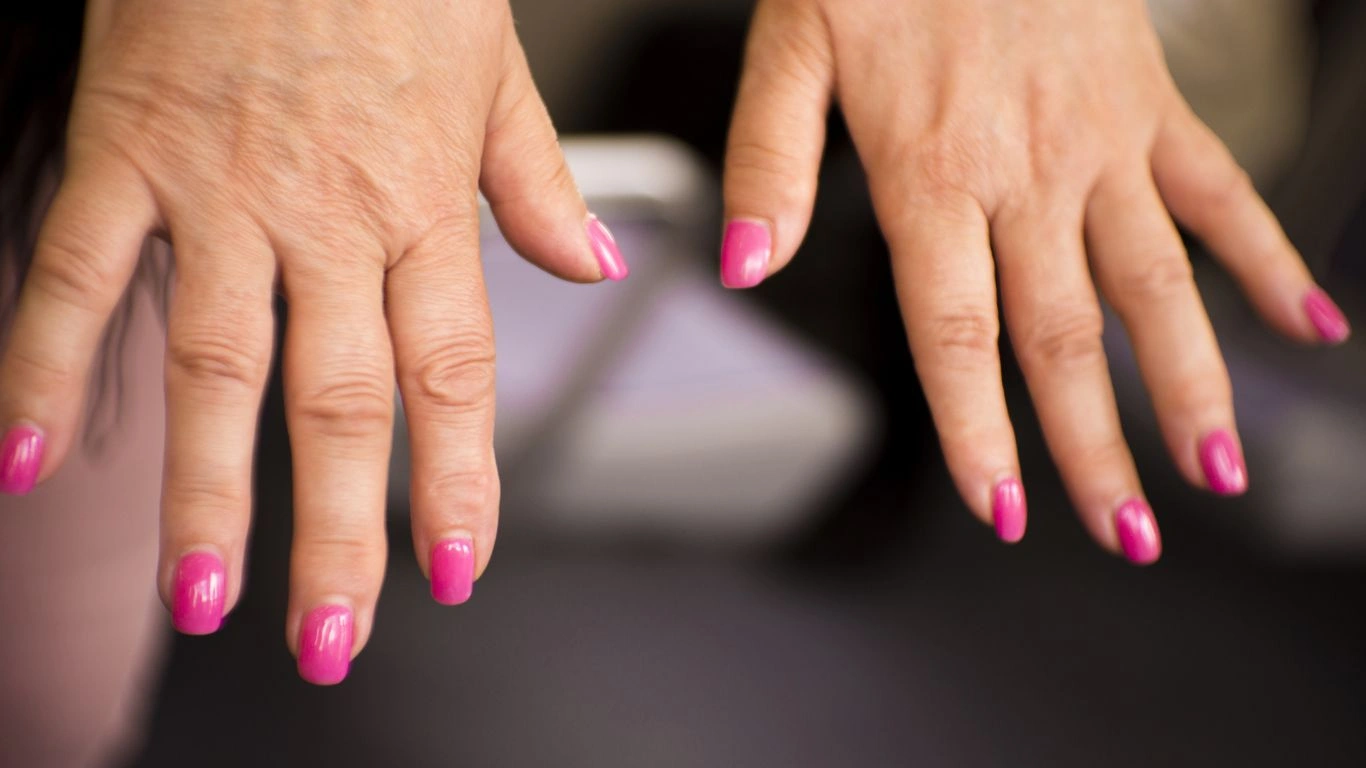
📖 Real Stories: Managing RA in the Feet
🙋♂️ Mark’s Story: From Constant Pain to Finding Relief
Mark, a 52-year-old accountant, came to me frustrated and exhausted. His feet hurt so badly that he could barely get through a workday…
👩 Sarah’s Journey: Avoiding Surgery with Early Treatment
Sarah was on the verge of needing foot surgery when she came to see me…
🎯 Key Takeaways
- ✔️ RA loves to attack the feet and ankles first—so pay attention to early symptoms.
- ✔️ Ignoring foot pain won’t make it go away. The sooner you treat it, the better your chances of preventing permanent damage.
- ✔️ The right shoes and support make all the difference. Stop wearing unsupportive footwear that makes the problem worse.
- ✔️ There’s no one-size-fits-all treatment, but a mix of medication, physical therapy, and lifestyle changes can help you stay active.
❓ Frequently Asked Questions
1️⃣ Can RA in my feet get better over time?
RA is chronic, meaning it won’t just disappear…
2️⃣ What’s the best type of shoe for RA?
Anything with arch support, cushioning, and a wide toe box…
3️⃣ Will I need surgery if my RA is affecting my feet?
Not necessarily! Many people manage symptoms with non-surgical options…
4️⃣ Are there natural remedies that help with RA foot pain?
Some people find relief with turmeric, omega-3s, acupuncture, or CBD…
5️⃣ What exercises help with RA in the feet?
Gentle stretching, swimming, cycling, and resistance band exercises…
📚 Appendix
🔗 References
⚠️ Disclaimer
This is for informational purposes only. Always consult a healthcare professional for medical advice.
📢 Call to Action
Struggling with RA in your feet? Don’t wait until it gets worse! Book an appointment with a specialist and take control of your health today.

Tarra Nugroho is a health writer and wellness researcher specializing in autoimmune conditions, with a particular focus on rheumatoid arthritis (RA). At Healthusias, Tarra combines scientific research with a conversational approach to help readers navigate the complexities of chronic inflammation and joint health.
In articles like “Best Supplements for Joint Health in Rheumatoid Arthritis: A Casual Guide,” Tarra explores evidence-based natural remedies and lifestyle strategies to support mobility and reduce flare-ups. Her work reflects a commitment to empowering individuals with practical tools for managing autoimmune conditions.
Whether you’re newly diagnosed or seeking holistic ways to manage RA, Tarra’s insights offer clarity and encouragement on the path to better health.
